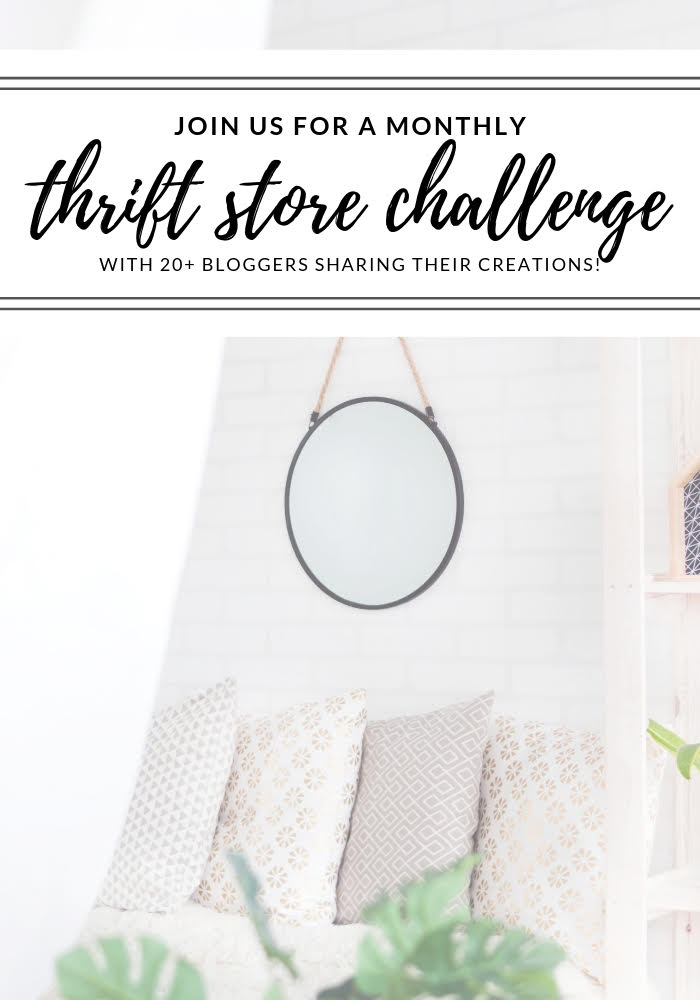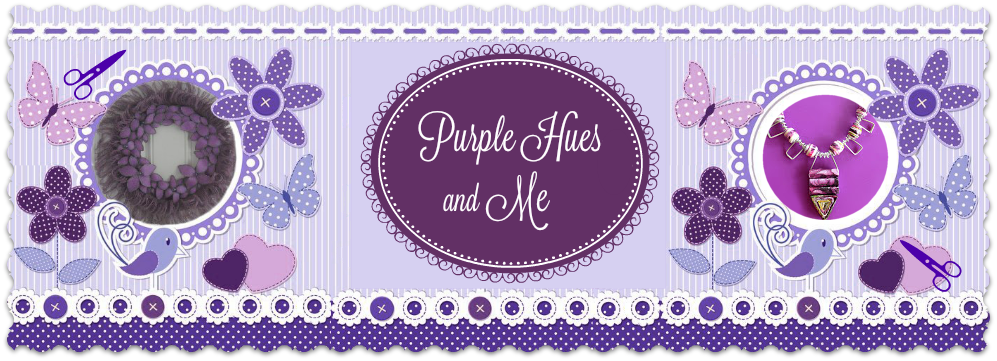I recently got some rope from Amazon in hopes of making a decorative no-sew or non-glued basket. I was thinking about the handcrafted baskets that have become quite trendy! I really didn't find anything of interest for making a basket but I did come across a few nautical knot mats and coasters design that I really loved and decided to give it a try.
The design of the mat is based on the nautical thump or carrick mats made out of thick hemp ropes. They were used on sailing ships to protect the deck from heavy objects and lessen the noise of the bumping and knocking. I looked at several YouTube videos, trying to get the hang of making a simple mat. I settled in on one video that seemed the easiest to follow. Thank you Johnny Depp!
And to make this mat you just need rope!
Let's begin with 25 feet of twisted 3-strand 1/2"cotton rope cord. Luckily the ends were already sealed with tape. And I hope the following pictures and corresponding steps are not too difficult to follow.

The design of the mat is based on the nautical thump or carrick mats made out of thick hemp ropes. They were used on sailing ships to protect the deck from heavy objects and lessen the noise of the bumping and knocking. I looked at several YouTube videos, trying to get the hang of making a simple mat. I settled in on one video that seemed the easiest to follow. Thank you Johnny Depp!
And to make this mat you just need rope!
Let's begin with 25 feet of twisted 3-strand 1/2"cotton rope cord. Luckily the ends were already sealed with tape. And I hope the following pictures and corresponding steps are not too difficult to follow.
1. Fold rope cord in half with loop at one end.
2. Form another loop by taking the cord over the loop that's there. It looks like a pretzel shape.
3. Next, take the right side working end and take under middle cord, forming another loop in center.
4. Then take the end of the same cord, under the loop cord, forming another loop . . .
5. Take the end of the same cord, over the inner cord and under and over the last cord coming out at the bottom. There should be five loops in all after straightening out.
6. Next, take same cord and follow the original cord, over, under, over, under, pulling cord through matching shapes, creating two rows. To even the cords going around - midway through, switch and use the left working cord end to follow the single cord all the way around.
7. You should see the outline of a five round pointed knot appearing. At this point, tighten and make sure the cords are straight and start following the cords around for a third row. Going over and under following the cords. Even out the cords by switching up the working end cord to follow around for a third row.
8. Once the third row is completed, begin following the cords around for a fourth row.
9. Continue going around, over, under, as before, following cords for the fourth row. Tighten the cords by pulling and adjusting each one to bring the design in closer to the center and to eliminate the openings in the mat.
When reaching the end, tuck in and secure underneath so they won't show and come loose. This is the underside.

I am quite pleased with how the mat turned out. I love the design and think it works well as a decorative table mat in today's decor. Great for holiday gatherings! Imagine the possibilities using different types and color of decorative ropes and cords.
It would also make a lovely coaster gift set done in a smaller version.
I
am a participant in the Amazon Services LLC Associates Program, an affiliate
advertising program designed to provide a means for sites to earn advertising
fees by advertising and linking to Amazon.com. This post also contains
affiliate links. I may receive a very small commission. It does NOT
result in additional charges to you or cost you anything extra. The
affiliate money I earn per month helps pay my crafting expenses. Thanks so much
for your support!
Thanks for stopping by
and take a little time to enjoy,
Happy Crafting!

















































































